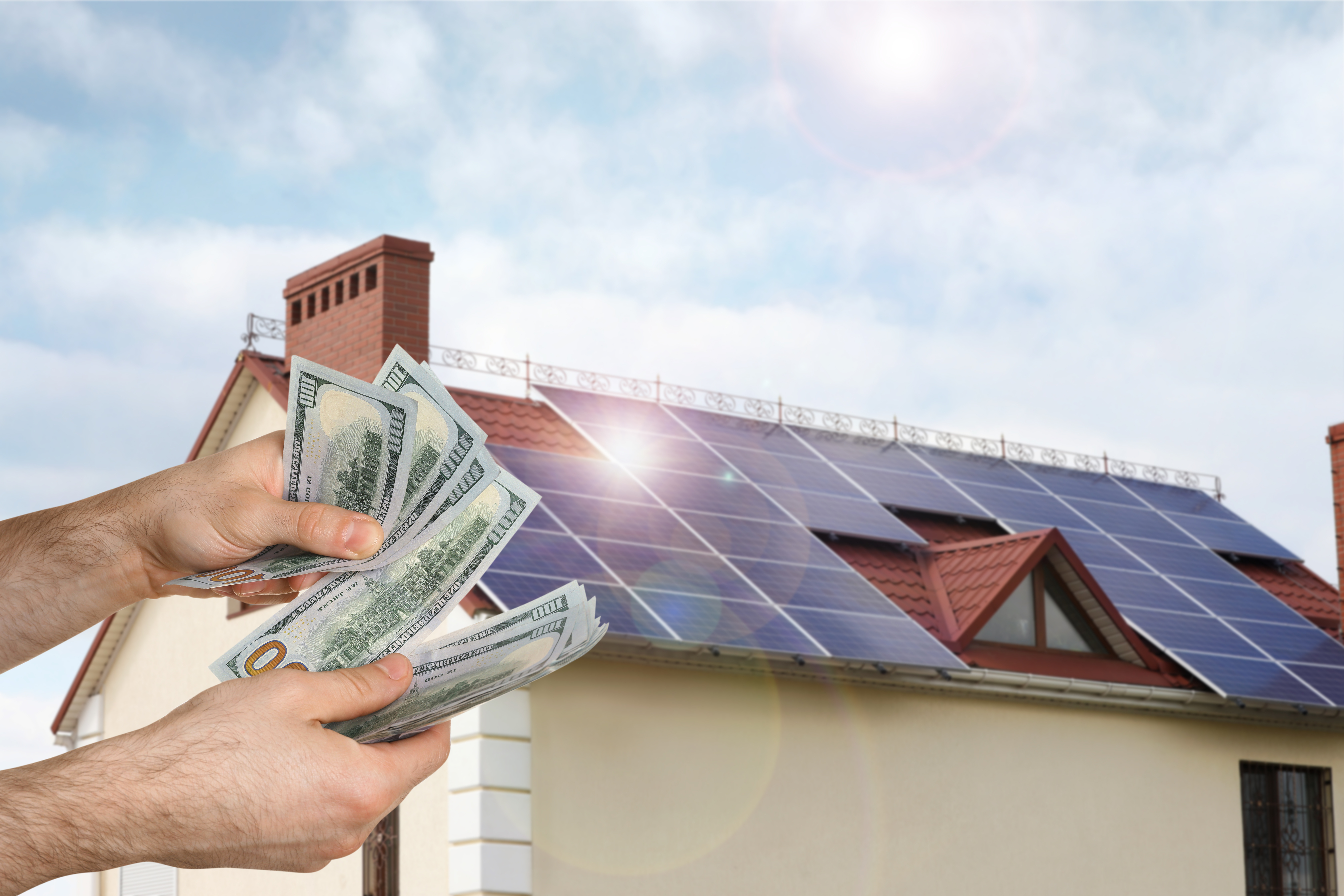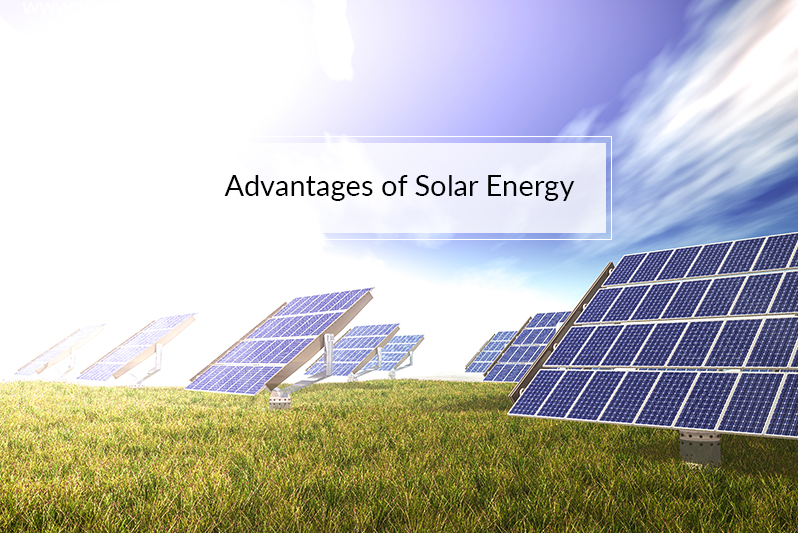Solar Power 101: A Beginner's Guide to Sustainable Energy Solutions
As the world progressively shifts in the direction of lasting energy remedies, understanding the principles of solar power ends up being important for both individuals and services. This guide gives a comprehensive review of solar power, describing the various systems readily available and the mechanisms behind their operation. By discovering the advantages of solar technology, alongside the economic motivations and installation procedures, one can gain a more clear perspective on just how to properly incorporate this renewable energy right into their energy approach. Nevertheless, the journey towards taking on solar energy welcomes more evaluation of the obstacles and factors to consider that include it.
Recognizing Solar Energy
At its core, recognizing solar energy entails grasping the essential principles of how sunshine can be converted into usable electricity. Solar power is obtained from the sun's radiation, which can be used with various modern technologies.

Understanding solar power also includes acknowledging its ecological benefits. By using sunshine, we can minimize greenhouse gas emissions and reduce air pollution, contributing to an extra lasting future. The developments in modern technology and efficiency of solar systems proceed to boost their feasibility, making solar power an increasingly attractive choice for worldwide energy needs.
Sorts Of Solar Energy Equipments
Different kinds of solar energy systems are commonly used to harness solar power for electrical energy generation. The key categories consist of photovoltaic (PV) systems, concentrating solar power (CSP) systems, and solar thermal systems.
Photovoltaic systems use solar panels composed of silicon cells that convert sunlight straight into electrical energy. These systems are functional and can be installed on roofs, ground mounts, or integrated right into structure materials.
Focusing Solar Power systems, on the other hand, employ mirrors or lenses to concentrate sunlight onto a tiny area, generating warmth that drives a vapor wind turbine to generate electrical energy - Simply Solar Illinois. CSP systems are typically deployed in large nuclear power plant and call for direct sunshine, making them much less suitable for cloudy regions

Each kind of solar power system has its one-of-a-kind attributes, applications, and suitability relying on geographic location, power needs, and spending plan, making it necessary to assess options based upon specific conditions. - Simply Solar Illinois

Advantages of Solar Power
Utilizing solar power with various systems not just supplies a sustainable method to produce electrical energy however additionally supplies a multitude of benefits. Among one of the most substantial benefits is the decrease in greenhouse gas discharges, adding to a cleaner atmosphere and combating climate change. Solar power is renewable, meaning it is inexhaustible and readily available as long as the sunlight radiates, unlike fossil fuels, which are finite and diminishing.
Additionally, solar energy can lead to substantial price savings in time. Homeowners and organizations can lower their electrical energy bills significantly, and in several situations, they may earn credit ratings for excess power created through internet metering. Furthermore, the solar industry develops tasks, from making to installation, boosting regional economies.
One more compelling benefit is power self-reliance. By creating their own power, individuals and areas can minimize dependence on outside power sources, improving resilience versus fluctuating energy rates and supply interruptions. Furthermore, solar energy systems call for very little upkeep, making them a practical alternative for sustainable energy generation.
Setup Refine Overview
The installment procedure for solar energy systems normally includes several essential actions that guarantee efficient assimilation into a property. An extensive website evaluation is carried out to examine the roof covering's Continue alignment, shielding, and architectural honesty, which are critical to optimizing solar panel performance. Following this evaluation, the style phase begins, where a customized solar power system is configured based on the house owner's power demands and choices.
Once the design is completed, the essential permits and approvals are acquired from regional authorities, making certain compliance with policies. The actual setup includes installing the photovoltaic panels on the roof covering or ground, read this connecting them to an inverter, and integrating the system with the property's electrical arrangement. This stage might also entail mounting battery storage space systems, relying on the layout.
After setup, a complete examination is carried out to verify the system's capability and security. The system is commissioned, and home owners are informed on its operation and upkeep. With the installment complete, the solar power system can begin generating eco-friendly energy, adding to sustainability and decreasing energy expenses. This organized technique guarantees that planetary systems are both effective and dependable, optimizing their long-lasting advantages.
Financial Rewards and Financial Savings
Exploring the financial rewards and cost savings linked with solar power systems can significantly enhance the appeal of making the switch to sustainable power. One of the most remarkable incentives is the government solar tax debt, which permits homeowners to deduct a percentage of their solar system installation costs from their federal tax obligations.
Along with tax credit scores, several states offer rebates that can further lower upfront expenses. Some utility companies also provide performance-based incentives, gratifying solar energy manufacturing with time. Funding alternatives, such as solar lendings and leases, permit customers to install systems with little to no deposit, making solar power a lot more easily accessible.

Additionally, solar systems can raise residential or commercial property values, giving a solid return on financial investment. On the whole, the mix of rewards and financial savings makes solar power a financially eye-catching selection for several houses.
Verdict
In conclusion, solar power stands for a crucial component of lasting energy remedies, supplying a pathway towards decreased carbon impacts and improved ecological security. Ultimately, the shift to solar energy not just fosters eco-friendly obligation but likewise promotes financial savings and power self-reliance.